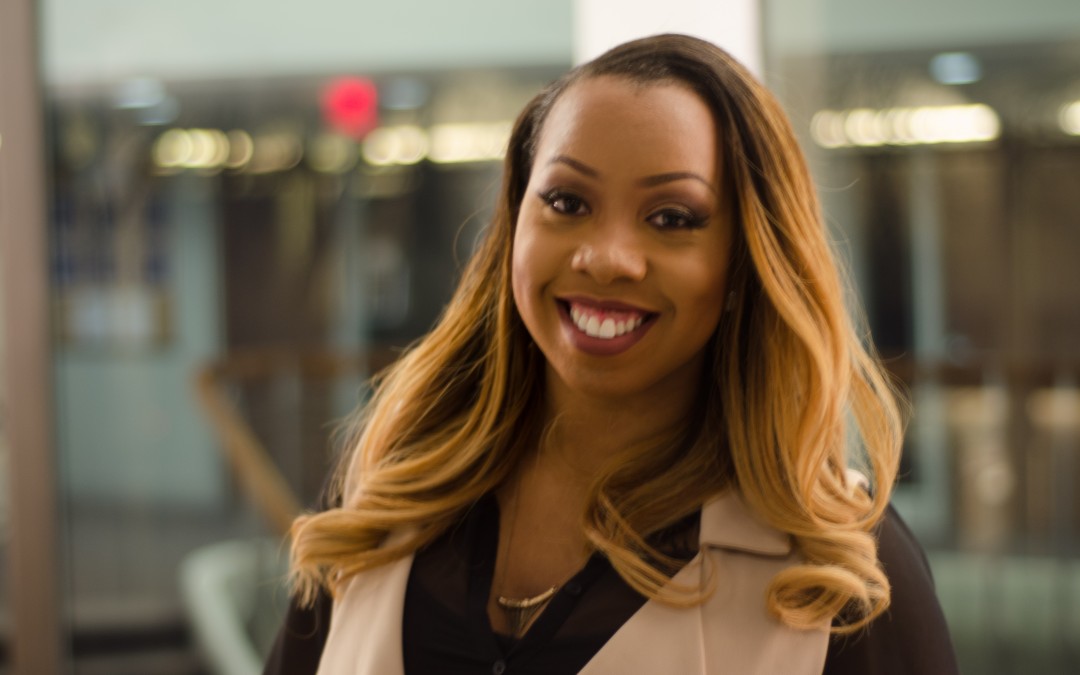
by Stephen Rice | Mar 10, 2016 | blog
Sedicah Powell is a mental health professional from New York. In 2014, life was intense. Good intense. She was working full-time and she’d just started graduate school at Fordham University to attain her master’s degree in Social Work. Then the news came. Her mom, who had been diagnosed with glomerulonephritis when Sedicah was in grade school, learned that her kidneys were now functioning at about ten percent of normal. She would need dialysis or a transplant right away. “When we got the news, it was a big crash in the family,” said Sedicah.
Coming together, her family decided that collectively they’d all be tested. Sedicah, along with her sister, grandmother, and aunt were all tested. “I’m African-American and many aspects of our health are not so great,” said Sedicah, referring to the fact that many African-Americans aren’t eligible to donate a kidney because of higher rates of obesity, high blood pressure, and diabetes compared to other groups. “Because of these things, many of my family members were screened out. A few of us moved forward, but none of us were a match. This was another big shock.” she added.
Sedicah’s mom, Pauline would be a difficult match. She had a less common blood type, but tests also showed that she was sensitized, meaning her blood showed the presence of antibodies that would have reacted against a new kidney, causing a rejection. She would need a perfect match – someone with a compatible blood type but also naturally immune to Pauline’s antibodies.
The transplant team looked to plan B. Pauline’s results were listed in a paired exchange national database in the hopes of finding that perfect match. It was a numbers game. Months went by and no match. “We prayed about it. Prayer works. We prayed and prayed. We didn’t give up. We knew it was going to get better.”
Finally, a mother and son pair from the Bronx, and in the same situation provided an opening. Sedicah would donate her kidney to the other mom. The woman’s son, in turn would donate his kidney to Sedicah’s mom Pauline. The family’s prayers had been answered.
There was a solution at hand, but a new struggle had now begun. “Juggling all the other stuff was the hard part,” recalls Sedicah. “I had grad school classes to attend, papers to write, and full-time work.” Based on advice from her nurse coordinator at the transplant center, she planned to take one month off of work and school to recover, but how to make ends meet? She spoke with her boss who helped her make a plan. She’d use a week of accrued sick time and applied for a medical leave which allowed her to get short-term disability while she recovered. “The short-term disability helped, but it wasn’t the same as the normal paycheck,” said Sedicah.
After surgery, Sedicah described her recovery as short and painful. “I’m very self-reliant, but during recovery, I had to rely on others – even to get out of bed.” She was out of the hospital in 2 days and back to driving and school in 2 weeks. Because of the lifting constraints and active labor she performs at work, sometimes for 16 hours a day, Sedicah waited 2 months to return to work. But when she did, she knew she was ready.
Despite the hardships, Sedicah considers it to be a great experience. “I get chocked up every time I think about it,” she said. “The satisfying part goes without saying – not seeing my Mom suffer like she was. When I went into her [hospital] room, I was in pain, but she had this look on her face that I hadn’t seen for such a long time. She was smiling and her face was bright. I took part in something that saved my Mom’s life, plus helped save someone else who was sick. It completely changed two lives.”
Sedicah continues to give back by speaking in the community about donor awareness, participated in the 2015 NYC Kidney walk, and was given the “Gift of Life” plaque from New York State for her brave act. “When I speak to others, I always include the facts about African-Americans, and tell people ‘mind your health’! I never thought I’d donate a kidney at age 24. Healthy people of color should consider helping someone else in need.”
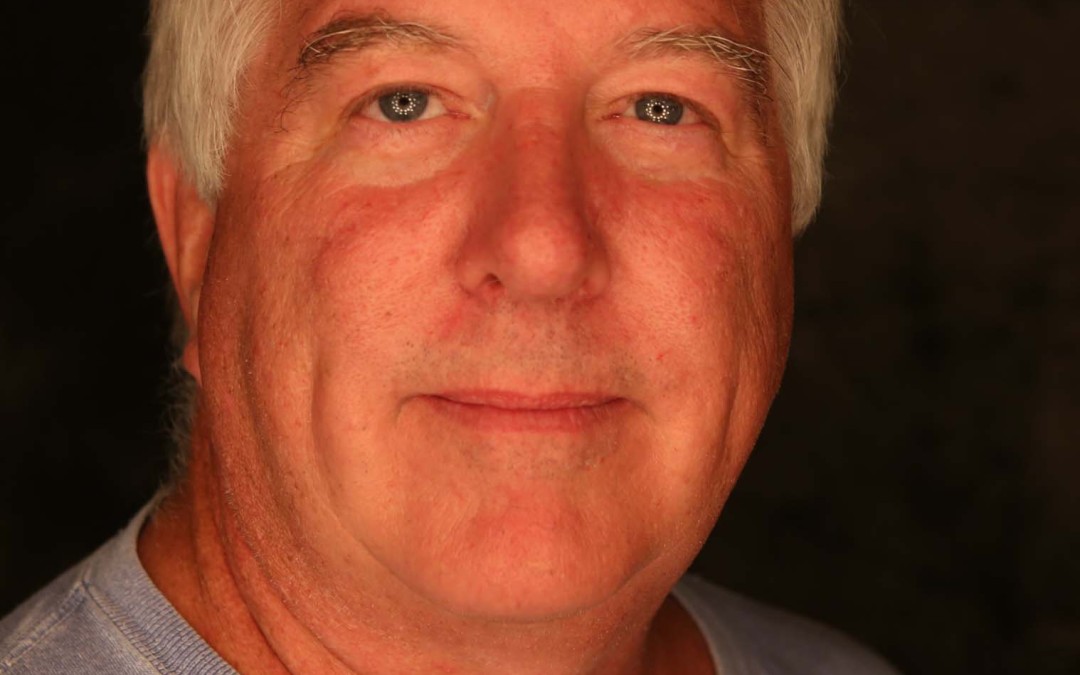
by Stephen Rice | Feb 18, 2016 | blog
“Why operate on a healthy person? Having been there, and seeing the improvement in my sister’s life, I think it was worth the risk. How often do we see a loved one suffering, and can actually do something about it?” — Charles Uzzell
Charles Uzzell is the youngest of five siblings. His older sister Monet’s kidneys had been failing for a while. The cause was a bit unclear. She’d had strep throat years earlier and doctors deduced that the streptococcal bacteria had caused damage to her kidneys. The cause, however wasn’t really the issue at hand for Charles, Monet, and the rest of their family. Monet needed a kidney and family members had spares.
Charles was the first to volunteer. “I had no trouble deciding,” said Charles. “But I appreciate the mixed feelings one has when deciding whether or not to give an organ. I am after all scared of needles and hesitant even to give blood.” He owned a Montessori school at the time and felt that he had the flexibility and good health needed to step up for the family. After being pre-screened as healthy enough to donate, he had blood drawn to see if he would be a compatible donor for his sister. Then he waited.
Charles was with his mom when the results came back. He was a perfect match! “This moment was the most emotional one of the whole thing. My mom and I both cried,” remembers Charles.
His sister was in California and he was across the country in North Carolina. He flew out to the west coast prior to surgery for evaluation testing including a procedure that, when described, scared him. The plan was to inject fluid into a leg and put a camera onto the kidney. “It turned out to be completely painless. I worried for nothing. This fact calmed me for the surgery.”
Pre-surgery, Charles felt “kind of goofy. Possibly too happy for the circumstances.” There was a woman in the bed next to him who was being prepped for a different sort of surgery, and was in a panic. “I was able to comfort her a bit and calm her down. This was a distraction for me.”
After surgery, he awoke to find his mom and another sibling in the recovery room with him. “I often sympathize with Mom because she had two kids in surgery on the same day,” said Charles.
This was May, 1994. Living kidney donation surgery was still being done using the open nephrectomy procedure. The less-invasive laparoscopic procedure used today was still being pioneered, making his recovery period longer and more painful. But, on the second day after surgery, he was able to walk down the hall and visit his sister. “She was doing great! My big fear was not that I would die, but that the transplant might fail or the kidney would be rejected,” said Charles. Despite some drug dosage issues that were still being sorted out, Monet had few surgery-related difficulties.
Charles’ total recovery time was about six weeks. After being discharged from the hospital, he spent two weeks at his sister’s house recovering before flying home. “Something that was very touching was that a volunteer drove me from the hospital,” remember Charles. “She continued to be involved in this small way.”
Twenty-two years after surgery, both Charles and Monet are doing well. “My sister is alive and happy. This was the best part of donating my kidney. Does that need to be said?” They celebrate the anniversary of the transplant every year. “My sister sends me music. It’s a little thing, but it means a lot to me and a lot to her.”
His advice to people like his sister considering a transplant it is, “be grateful, take your medicine, and stay healthy. Take care of your gift.”
His advice to others considering becoming a living donor is to “definitely do it. The kidney is fresher. That sounds weird, but this will be the best possible option for the recipient. It will make a huge impact in their lives. It takes them off of life support.”
Charles adds one last thing. It’s a complete miracle that humanity can do this. It’s just remarkable. To the medical profession – keep up the good work, I appreciate it.”
We appreciate you too, Charles.
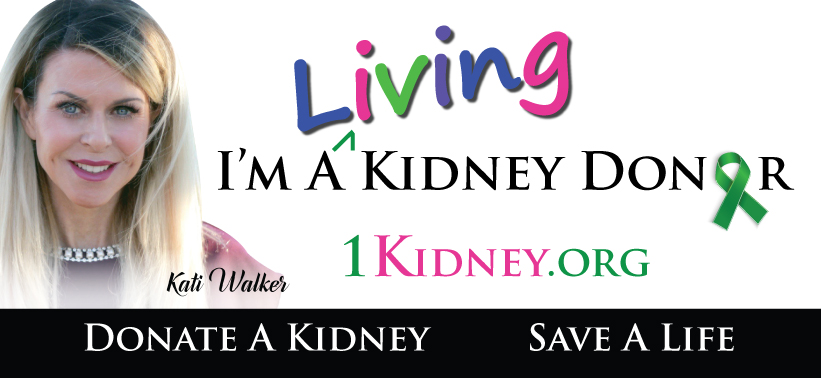
by Stephen Rice | Feb 17, 2016 | blog
WaitList Zero occasionally publishes guest blog posts written by members of our community in the hopes of sharing viewpoints from various perspectives.
THE LIVING KIDNEY DONOR – TRIBUTE 4 AWARENESS CAMPAIGN
By: Risa Simon
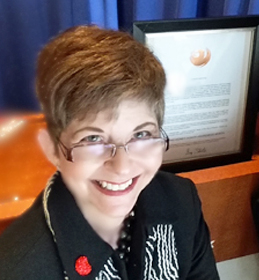
Risa Simon, Founder and CEO TransplantFirst Academy
As a recipient whose life was profoundly changed by a living kidney donor, I’m deeply baffled by the absence of recognition for living kidney donors. I’ve spent countless hours trying to reconcile the magnitude of what I and many others have received. And though I know this has never been about a fair exchange—even if that were possible, my heart (and new kidney) are constantly seeking moral balance.
Last year, my creative mind conjured up a unique and simple way to deliver a small, but recognizable, improvement. The notion was to shed new light on our life-saving heroes who save lives by choice, not by death or medical necessity. The idea was to respectfully recognize their act as one of the highest levels of service humanity has to offer.
As the founder of the TransplantFirst Academy, I set out to seek input from other organizations in this space and received an overwhelmingly positive response. This prompted our organization to become the foundational force behind what is now known as: The Living Kidney Donor – Tribute 4 Awareness Campaign.
Our first target was to establish recognition for living kidney donors in the city of Phoenix. We achieved this status after the Mayor of our city signed a proclamation formally honoring living kidney donors for their brave life-saving acts. Our next target was to expand message visibility. We did this by launching a community outreach billboard campaign.
Our goal became two-fold.
Our main objective was to showcase the proud faces of living kidney donors and thank them for their life-saving service. Yet we didn’t stop there. We had a bigger plan, which was to inspire communities to join our movement to increase awareness in living kidney donation and inspire admirers and potential followers. Soon our standalone “Thank you for your service” initiative blossomed into a campaign that increased awareness and desire for others to personally contemplate this brave act for themselves.
Since living kidney donors don’t wear a Medal of Honor or a superhero’s cape, it’s hard to admire or emulate what they’ve done. Their decoration of a few scars is their only discreet distinction of lifetime achievement. Surely, we can give these brave champions more recognition for the role they played in saving lives.
Our nation’s organ shortage supports this campaign as a great call to action. Currently, nearly 10,000 people die prematurely or become medically disqualified for a kidney transplant every year. To add insult to injury, the number of people waiting on the list grows by 30% each year, as more sick patients face the same reality of need. The grim fact is that every year only 16 percent of the 100,000-plus waiting will receive their much needed replacement kidney.
Those who are fortunate enough to receive the gift from a deceased donor typically wait 5 years. Though there are some patients who are lucky enough to receive a kidney in a shorter amount of time, there are many more who wait much longer. Age also matters now. Many patients over the age of 50, who were approaching the top of the list after years of waiting, have lost their place in line due to new deceased-organ allocation.
This is just one of the many reasons living kidney donor transplants hold unparalleled value. Yet, until we can increase awareness and the numbers of living kidney donors (which has dropped significantly, including a 33% drop in 2015), we won’t be able to positively impact the futures of those in need.
This Campaign begins to address our moral obligation to do more. It starts by saluting those who courageously saved lives – and it keeps on giving by inspiring potential donors who might otherwise be unaware of this opportunity. Of course, living kidney donation is not for everyone. It takes a very special person to lean in this direction and a person in good health to medically qualify. To date, over 133,000 people have
been able to save an equal number of lives. These remarkable individuals give new meaning to the expression “Giving of self.” Let’s recognize these heroes and inspire a “heart-string” of potential followers.
If you are moved to join this campaign by expanding this project in your own city, we applaud your interest and welcome you aboard. If you are a recipient who has received the gift of life from a living
kidney donor, or a person who knows someone who has; or you are someone who believes in this initiative, take the first step now. You can do that by requesting a Living Kidney Donor Tribute 4 Awareness proclamation from your Mayor or Governor’s office. Often times a simple online search can lead you to that process.
You can also start to form a committee to help you explore billboard opportunities. Know that you don’t have to go it alone. Campaign art and special rates may be available. Check with the TransplantFirst Academy to learn more. Together we can achieve more, so let’s not let another day go by without taking action. It time to recognize those who courageously save lives and inspire others to become more caring and compassionate people.
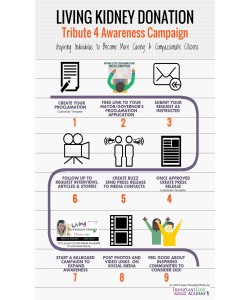 Not Sure Where to Begin?
Not Sure Where to Begin?
The infographic provides a 9 step snapshot to help steer your campaign. You can also visit this link for more information: www.TransplantFirst.org/campaigns-projects. For those who believe in this movement and would like to make a financial contribution to keep this campaign alive—please visit this link: www.TransplantFirst.org/contribute.
About the author:
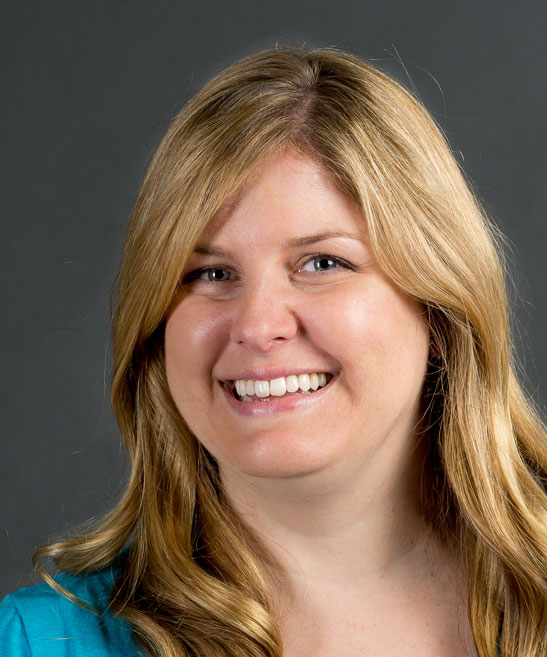
by Stephen Rice | Feb 10, 2016 | blog
Rori Block donated a kidney to her Dad in 2012. When asked what motivated her to do it, her answer was pretty straightforward: “He’s my Dad!” His kidneys had been declining for over twelve years. A handful of family and friends, including Rori and her brother were tested and she was the match.
She had a lot of questions for the transplant team during the first couple of meetings. She asked about life expectancy, whether she’d need to change her lifestyle, and whether she’d be able to have kids. “My fiancée and I love craft beer – would I still be able to drink beer?” she said laughing. The only deal breaker was the ability to start a family later on. “Once I found out that I would have the ability to have kids, I was relieved.”
Leading up to the surgery, Rori was nervous – not so much for herself, but that the transplant wouldn’t be successful. “That would have been devastating,” she said. The lead up to surgery was unique in the case of Rori and her dad. She’d been evaluated and approved to donate in 2010, but her Dad’s kidney function stabilized for a couple years and she felt a bit on-call for about two years. In early 2012, his kidney function started a sudden decline, and around April, his nephrologist said it was transplant time. In an effort to avoid dialysis, surgery was scheduled for June.
Post-surgery, Rori was up and walking around later the same day. She was super happy to see her dad. “The color in his face had changed,” she recalls. The next day was harder. She doesn’t do well on pain medication and she was in pain, especially around her stomach muscles where the incision has been made. Her operation took place on a Wednesday and she checked out of the hospital on Friday. She stayed with her Mom until she could take care of herself. Then she moved in with her Dad so that they could recover together. “Within a couple of weeks we were out to lunch, running errands and out doing things.”
Rori was off of work for 6-8 weeks. She felt tired her first week back and decided to take a break from her normal exercise routine for a while. Now, she feels normal. “Many days I forget. But I’m more careful now about certain things. I drink more water and if I’m not feeling well, I get to the doctor faster – just more careful.”
Her advice to potential donors? “You should do it! It’s seriously the best gift that you can give somebody. It’s so rewarding to see them so much better with so much more life in them because of you. It’s an amazing feeling.” She adds some advice for patients. “Patients should be open to accepting a donated kidney. I’ve heard stories that parents wouldn’t let their kids be their donors, but they should! You aren’t ruining your kid’s life. Plus, living donor kidneys last longer for the recipient. That alone should be a deciding factor!”
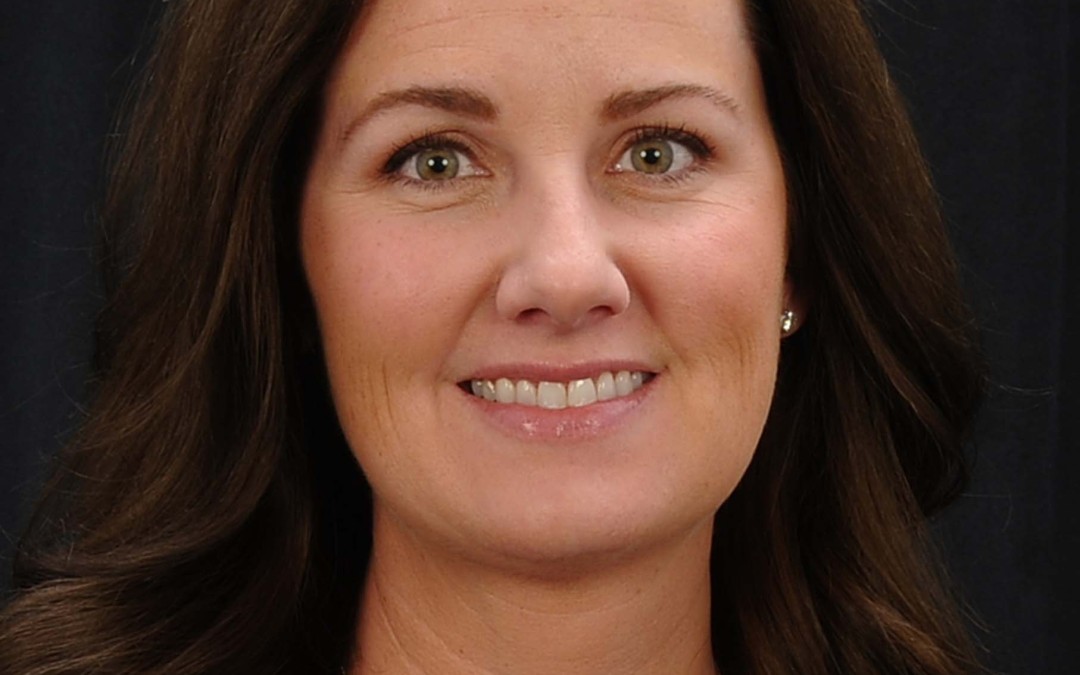
by Stephen Rice | Feb 5, 2016 | blog
Kelly Gatlin’s husband Joe has Alport Syndrome, a genetic disease that he has had his entire life. They both knew that he would eventually need a new kidney. Joe had seen other family members with the disease languish on dialysis and he knew that he wanted to avoid it by getting a transplant as soon as his kidneys began to fail. He came home from an appointment one day and told Kelly, “it’s time.” Many family members also had the same disease, but Kelly was healthy. With the universal blood type ‘O’, she knew she would probably be a good candidate and started the process to save her husband’s life.
Evaluation results confirmed that she was eligible, but not a perfect match. In order to give her husband the best kidney possible, they decided to do a paired exchange, choosing a well-respected center in the nearby state of California.
Logistics and finances were a challenge. The coordinator at her local hospital lacked transplant expertise as did Joe’s local kidney doctor, which meant Kelly had to be a very determined self-advocate to get the process going. They traveled to California at different times for testing. Her travel costs were not covered by insurance and a 15-month old baby at home added to the stress. “I dealt with the situation by “making things happen,” said Kelly. “It was a huge task to take on. I had to be super persistent.”
Six months after starting the process, transplant day arrived in the summer of 2012. Joe’s kidney came from a 20-something male in Ohio. Kelly’s went to a 2-year old girl in New York. Joe was in the hospital for 5 days. “I was out in one,” said Kelly. “I guess I was showing off a bit. I got up out of bed the morning after surgery. I’d previously had a C-section and they used that incision to take the kidney out. The surgery pain was about the same as the childbirth. I felt a bit tired and the tiredness lingered for 3-4 weeks.”
Despite some discomfort, the most satisfying aspect of donating has been seeing that her husband is healthy. “We have a normal life. He didn’t have to deteriorate. I also found my recipient’s parents online and now I get to see pictures of the little girl as she grows. They moved to the U.S. from Singapore to save their child. We do what we need to do to take care of the people we love.”
Her advice to potential donors is three-fold:
“Don’t be afraid. If you feel moved to do it, then do it; surround yourself with positive people who are supportive of your decision; and find someone who’s been through it who can provide support.”
And her advice to patients?
“You need to reach out to people. There are people in this world that have a burning desire to do something big. Give them the opportunity to give you a gift. Most people know the joy of having a child, but this was better. It’s a gift that someone can’t buy. It’s a gift that they can’t give themselves.”
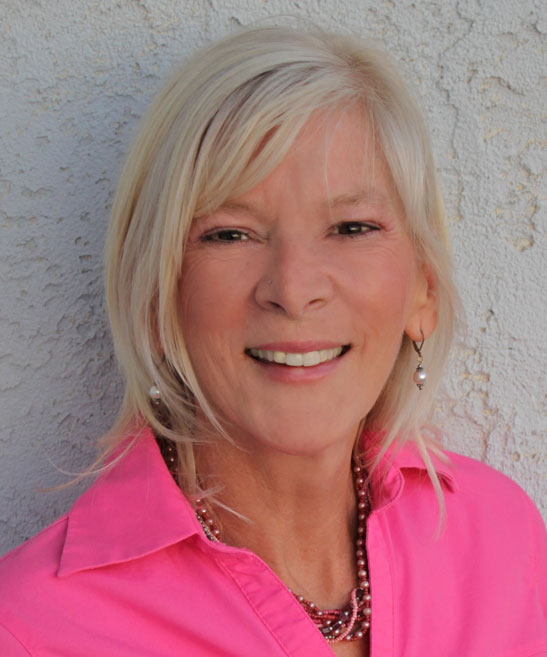
by Stephen Rice | Feb 2, 2016 | blog
Eldonna Edwards is a Good Samaritan donor whose donation story is told in the 2013 documentary film Perfect Strangers and in the book Lost in Transplantation: Memoir of an Unconventional Organ Donor. She initially learned about living kidney donation while having lunch with a community college classmate. “She was a beautiful, intelligent person who contributed a lot in class,” describes Eldonna. After several days of reflection, she decided to offer her kidney to the student. While the woman declined (Good Samaritan donation wasn’t allowed at her transplant center at the time), the experience had been transformative. Eldonna sought out others in need online and found Kathy – a hospice nurse with a family including a young grandchild. They felt an immediate connection to one another but their kidneys weren’t compatible. Not wanting to give up, the transplant coordinator suggested they try a paired donation. For three years with many ups and downs, the two waited for another matching pair. Unfortunately, Kathy was among a group of very difficult-to-match patients.
Eldonna wasn’t ready to let go of her plan to be a living donor. She informed her transplant center that she would donate to whomever was at the top of the waiting list. Her kidney went to a man in his 50s in New Jersey whose wife’s kidney in turn went to a patient in Chicago. “I started a chain but I’m not sure how many were involved,” said Eldonna.
Eldonna went into surgery on a Thursday and was home by Sunday. By day 8, she managed pain with Tylenol only. After 3 weeks, she was back to work. As a self-employed massage therapist, she was not eligible for short term disability and she couldn’t afford to take off any longer. Friends were kind enough to collect $1,000 to offset her lost wages.
Eldonna had set out to give a kidney to Kathy (who was eventually matched with a deceased donor). Her kidney ended up going to a person with values very different than her own, but she considers this a minor detail. “This was a personal decision that I wanted to do. It’s just who I am. Donating my kidney helped me to have a greater understanding of the world as a community outside of myself and my immediate surroundings. Sometimes we don’t fully understand the things we’re taught as a child until we have a life changing moment. Being able to love outside of oneself is huge.”
Eldonna now devotes much of her time to advocating for living donation. She offers advice to both potential donors and patients. For donors, Eldonna says, “choose your hospital wisely. You need to feel comfortable with the transplant coordinator. You should feel valued. Make sure they are good communicators who care about you – the donor.” As for advice to patients, Eldonna asks, “Be an extraordinary steward of your new kidney so that you can become a light on the path of those still waiting.” She adds, “You don’t owe your donor anything. I thought I was going to change someone’s life, but I ended up changing my own.”





 Not Sure Where to Begin?
Not Sure Where to Begin?


Recent Comments